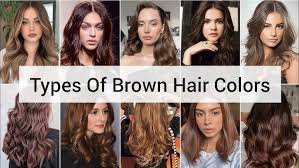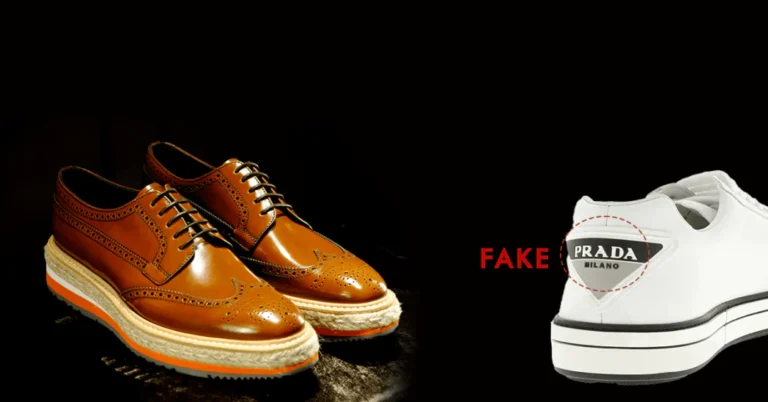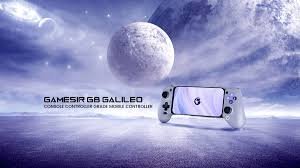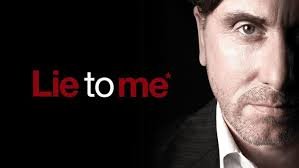
Dark Hair
Dark hair is one of the most common and striking hair colors found across the world. From deep black to rich chocolate brown, dark hair carries a unique beauty and cultural significance. People with dark hair often stand out for their lustrous, shiny locks that catch light differently than lighter hair colors. But what exactly makes dark hair so special? This article explores the science behind dark hair, its cultural importance, care tips, and myths associated with it.
The Science Behind Dark Hair
Hair color is primarily determined by the type and amount of melanin present in the hair shaft. Melanin is a natural pigment found in skin, eyes, and hair, and it comes in two main forms: eumelanin and pheomelanin. Dark hair has a higher concentration of eumelanin, which gives it its black or brown shade. The more eumelanin, the darker the hair. People with dark hair typically have almost exclusively eumelanin with very little pheomelanin, which is responsible for red and yellow hues.
The structure of dark hair also plays a role in how it reflects light. Dark hair tends to absorb more light, making it appear richer and shinier. Interestingly, the shape and diameter of the hair strands also contribute to the hair’s texture and appearance. Dark hair is often thicker and coarser than lighter hair types, although this varies among individuals and ethnic groups.
Dark Hair Around the World
Dark hair is the most prevalent hair color globally, especially common among populations in Asia, the Middle East, Africa, and Latin America. In countries like India, China, Iran, Egypt, and Brazil, the majority of people have naturally dark hair. The color is closely linked to genetic inheritance, with dark hair genes being dominant over lighter hair colors.
Different cultures attribute various meanings and symbolism to dark hair. In many Asian cultures, black hair is considered a symbol of youth and vitality. In Western cultures, dark hair has often been associated with mystery, sophistication, and sensuality. Historically, artists and writers have used dark-haired characters to evoke certain traits such as intelligence, passion, or even danger.
Cultural Significance of Dark Hair
Dark hair has held a variety of cultural meanings throughout history. In Ancient Egypt, dark hair was often seen in paintings and sculptures, representing beauty and power. Cleopatra herself is often depicted with dark hair, emphasizing her allure and strength. Similarly, in many Native American tribes, dark hair was regarded as a sign of spiritual connection and grounding.
In literature and media, dark hair often carries specific stereotypes and archetypes. The “dark-haired heroine” trope is common in novels and films, portraying women who are strong, intelligent, and mysterious. Conversely, in some contexts, dark hair can also be unfairly linked with villainy or secrecy, showing how hair color plays a role in social perceptions.
Caring for Dark Hair
Dark hair, while beautiful, requires special care to maintain its shine and health. Since dark hair absorbs more light, it can sometimes show oiliness or dryness more prominently than lighter hair. The natural oils produced by the scalp tend to cling to dark hair strands, which can lead to a greasy appearance if not washed regularly.
To keep dark hair healthy, it is important to use shampoos and conditioners that hydrate without stripping away natural oils. Products containing ingredients like argan oil, coconut oil, and shea butter can help maintain moisture and add shine. Avoiding excessive heat styling and chemical treatments can also prevent damage and preserve the natural color and texture of dark hair.
Regular trims and gentle brushing with a wide-tooth comb can reduce breakage and promote scalp circulation. Additionally, protecting dark hair from excessive sun exposure is crucial, as UV rays can fade color and cause dryness. Wearing hats or using hair products with UV protection can help maintain dark hair’s vibrancy.
Dark Hair and Fashion Trends
Dark hair has inspired countless fashion trends and beauty looks throughout history. Its versatility allows it to complement a wide range of styles, from bold and edgy to soft and romantic. Dark hair pairs beautifully with various makeup looks, especially vibrant colors like red lipstick, smoky eyes, and gold or bronze tones.
Celebrities with dark hair, such as Audrey Hepburn, Priyanka Chopra, and Zendaya, have popularized different hairstyles that highlight the elegance and depth of dark hair. From sleek straight locks to voluminous curls, dark hair is a canvas for creative expression in the world of fashion.
Hair coloring trends often play with dark hair as a base, adding highlights, balayage, or ombré effects to create dimension. These techniques enhance the natural beauty of dark hair while adding depth and lightness without compromising the richness of the base color.
Myths and Misconceptions About Dark Hair
There are many myths surrounding dark hair that have been passed down through generations. One common misconception is that dark hair is harder to maintain than lighter hair. While care requirements differ based on hair texture and individual scalp conditions, dark hair is not inherently more difficult to manage.
Another myth is that dark hair makes a person look older or less vibrant. In reality, dark hair can add a youthful glow and highlight facial features beautifully when properly cared for. Some people also believe that dark hair is less versatile in terms of styling or coloring, but modern hair care and coloring techniques have expanded options for everyone.
A more cultural myth is that dark hair is associated with certain personality traits, such as being mysterious or unapproachable. These stereotypes are unfounded and vary greatly among individuals.
The Evolution of Dark Hair in Popular Culture
Throughout the decades, dark hair has played a significant role in popular culture. In the 1950s and 60s, actresses like Elizabeth Taylor and Sophia Loren set the standard for glamorous dark-haired beauty. Their iconic looks influenced beauty standards worldwide.
In recent years, dark hair has been celebrated in diverse ways, embracing natural textures and colors. The natural hair movement has encouraged people to take pride in their natural dark hair, challenging the long-standing preference for lighter shades in some beauty industries.
Dark hair is also prominently featured in music, film, and fashion icons from various backgrounds, reinforcing the idea that beauty comes in all shades and textures.
Dark Hair in Art and Literature
Artists have long been fascinated by the beauty of dark hair. Paintings from the Renaissance period often depicted women with flowing dark locks to symbolize beauty and mystery. Writers have used dark hair as a descriptive element to build character identities, evoking feelings of romance, strength, or intrigue.
In poetry, dark hair is sometimes used metaphorically to describe the night, secrets, or depth of emotion. It has inspired countless songs, poems, and novels, highlighting its cultural resonance beyond just physical appearance.
Conclusion
Dark hair is more than just a color—it’s a symbol of cultural identity, beauty, and personal expression. Its rich hues and glossy appearance make it one of the most admired hair colors worldwide. Understanding the science, history, and care of dark hair allows us to appreciate its uniqueness and versatility. Whether naturally black or deep brown, dark hair carries stories, traditions, and meanings that continue to evolve with time.
Taking care of dark hair properly ensures it remains healthy and vibrant, reflecting the strength and beauty of the people who wear it. In the end, dark hair is a celebration of natural beauty that transcends borders and generations.






